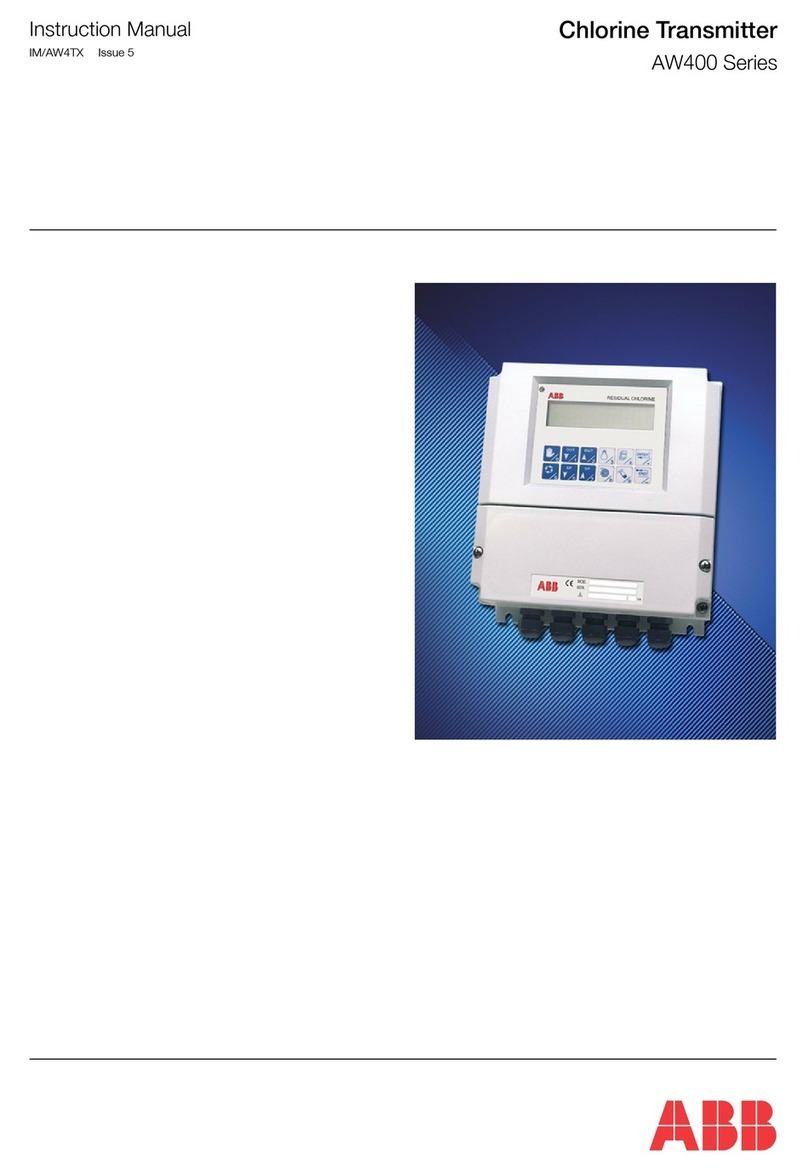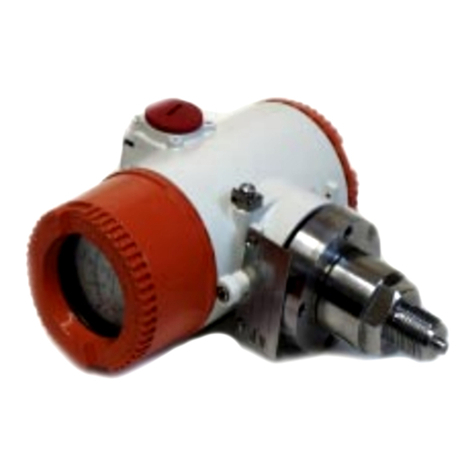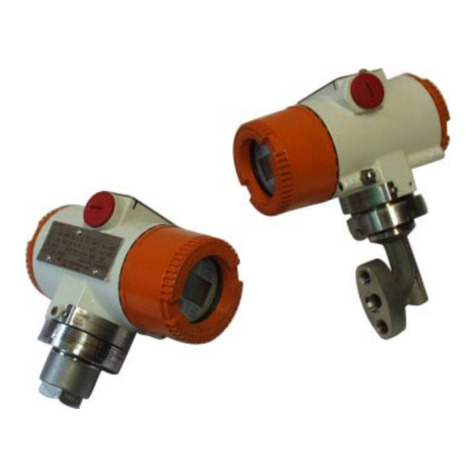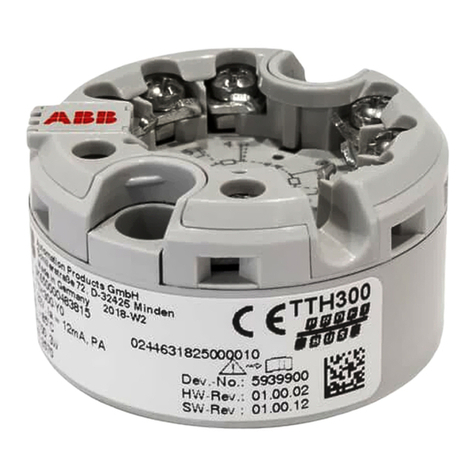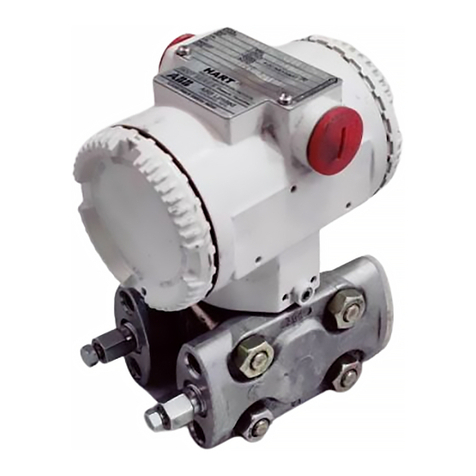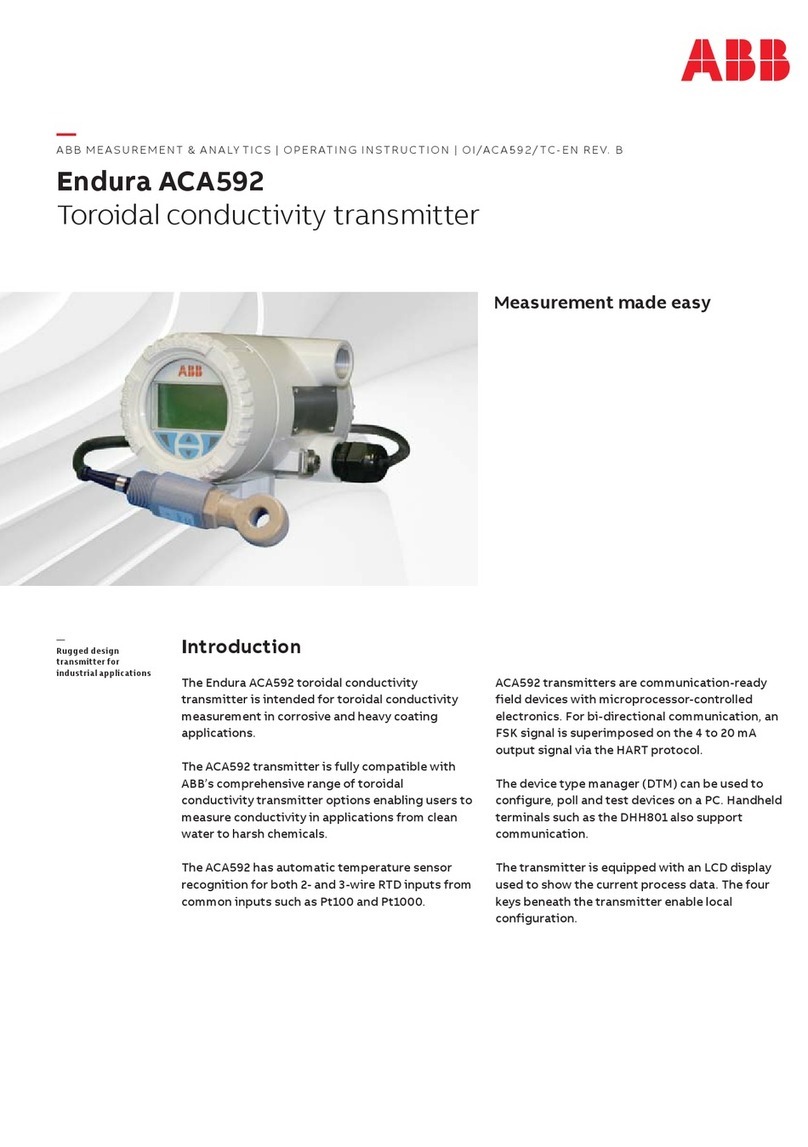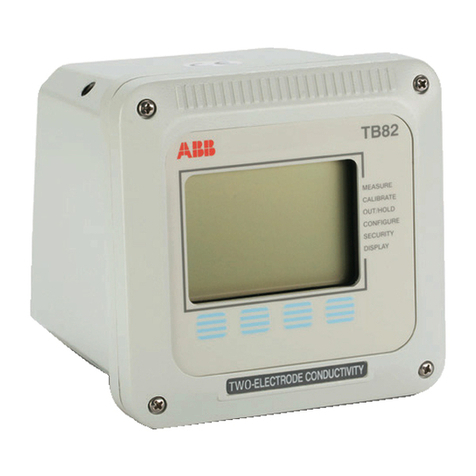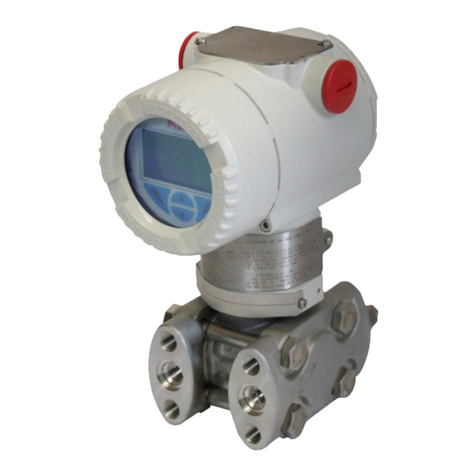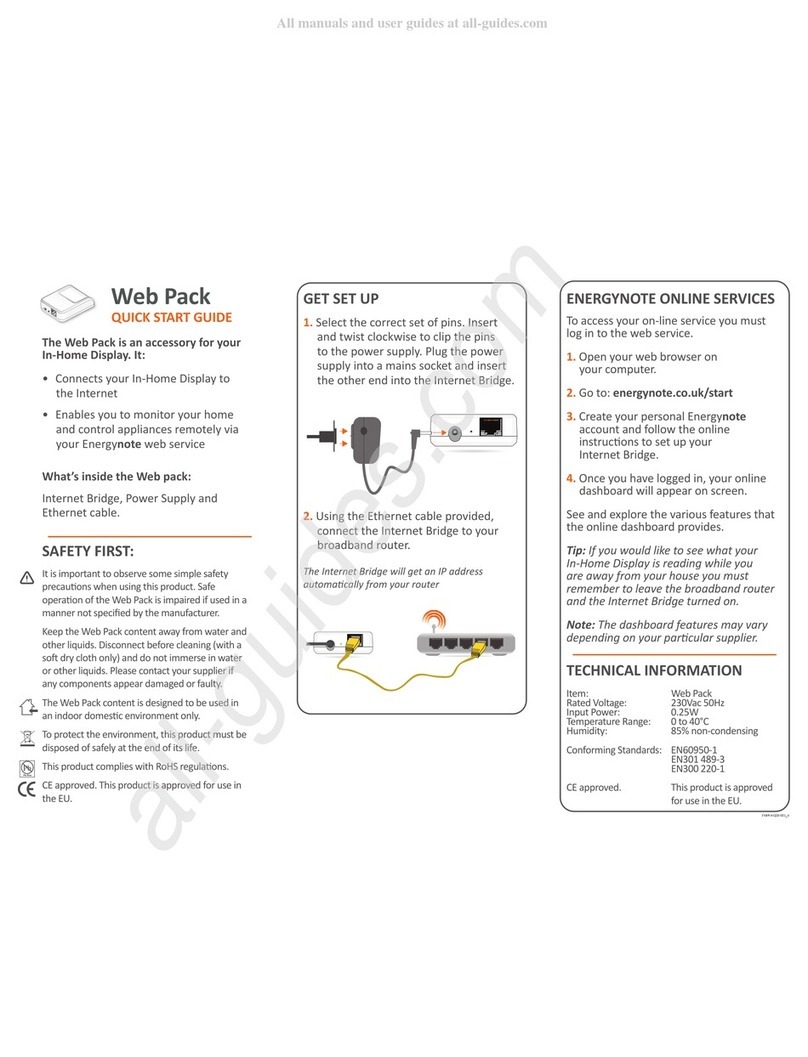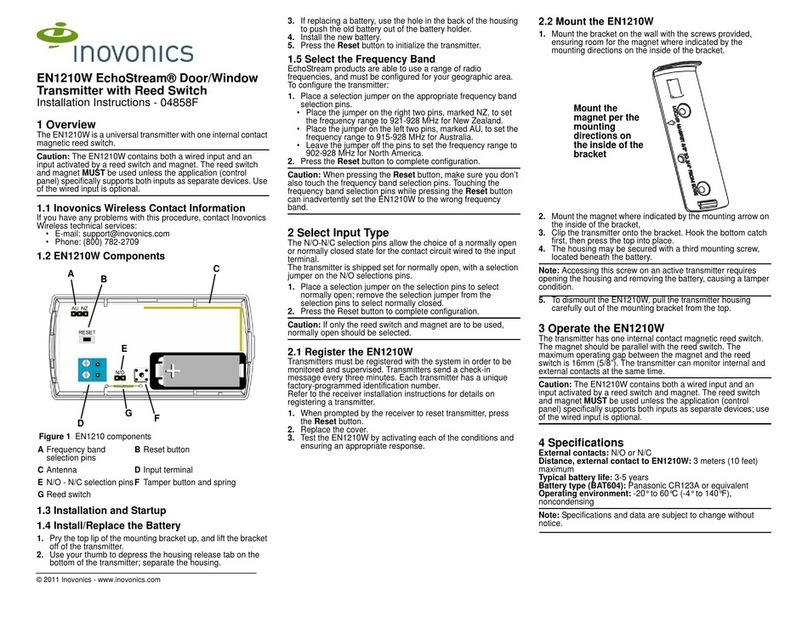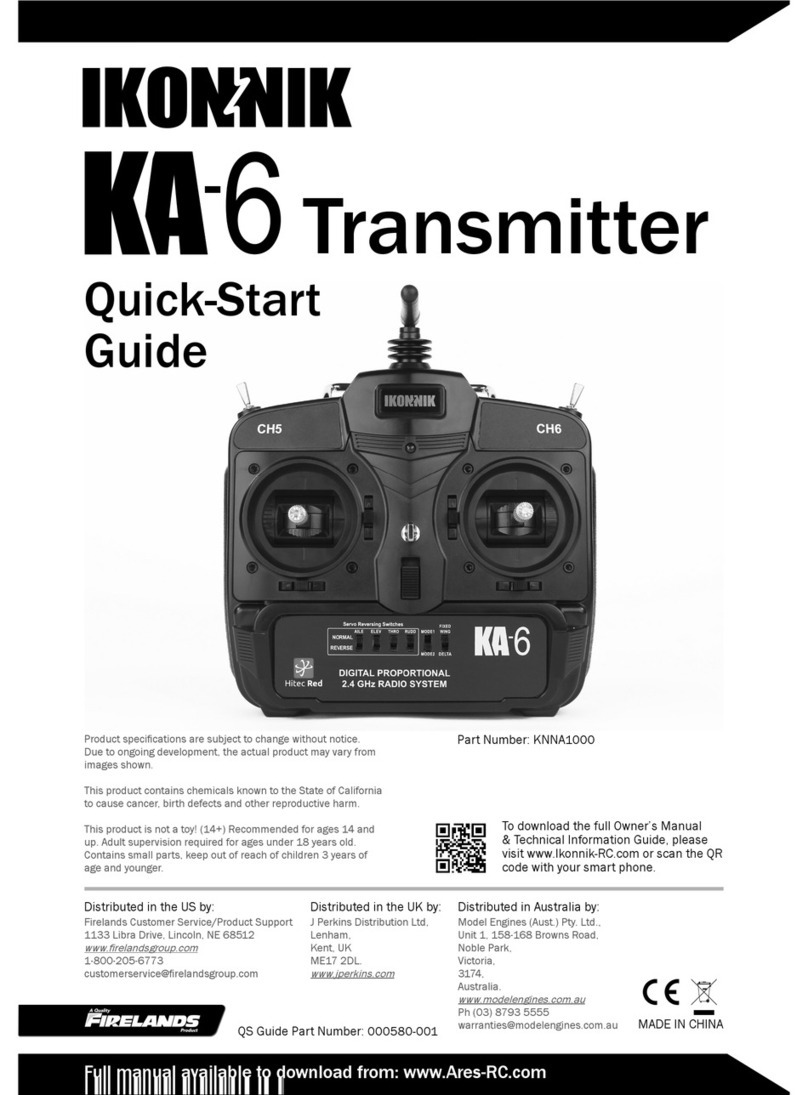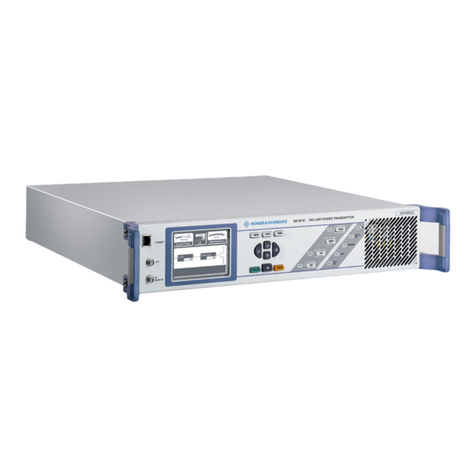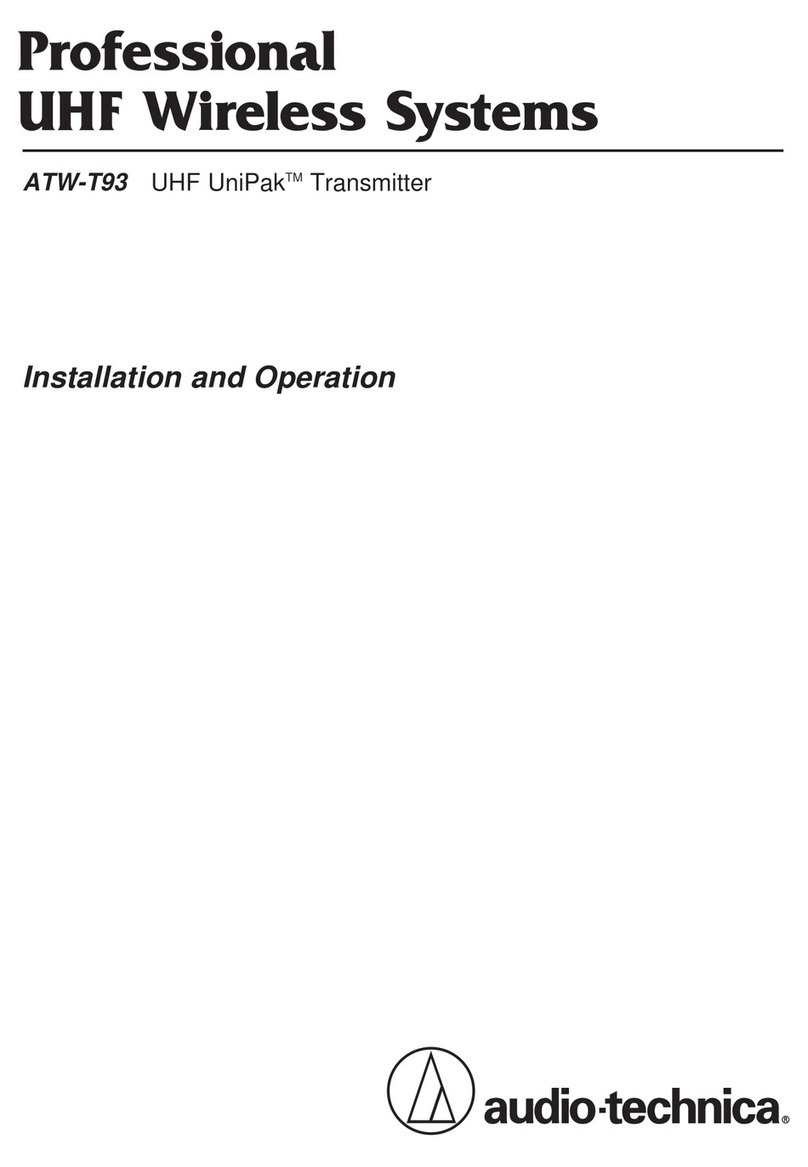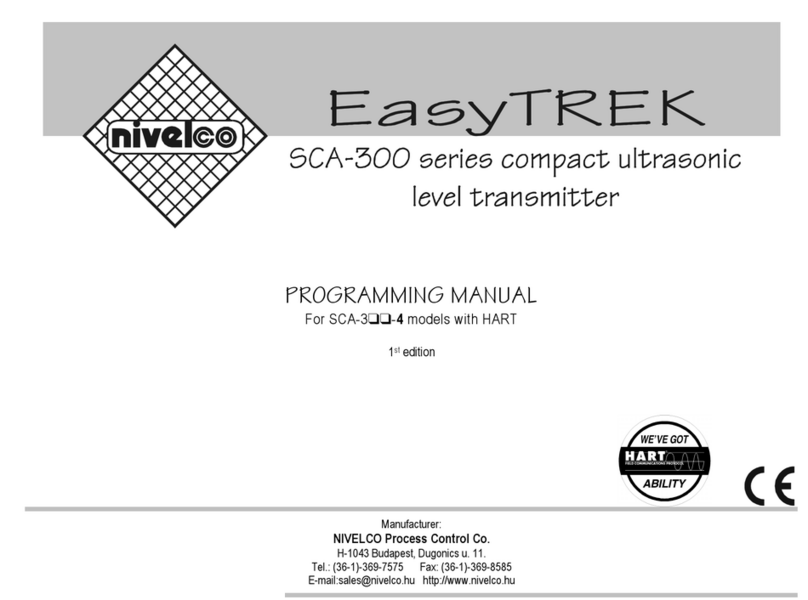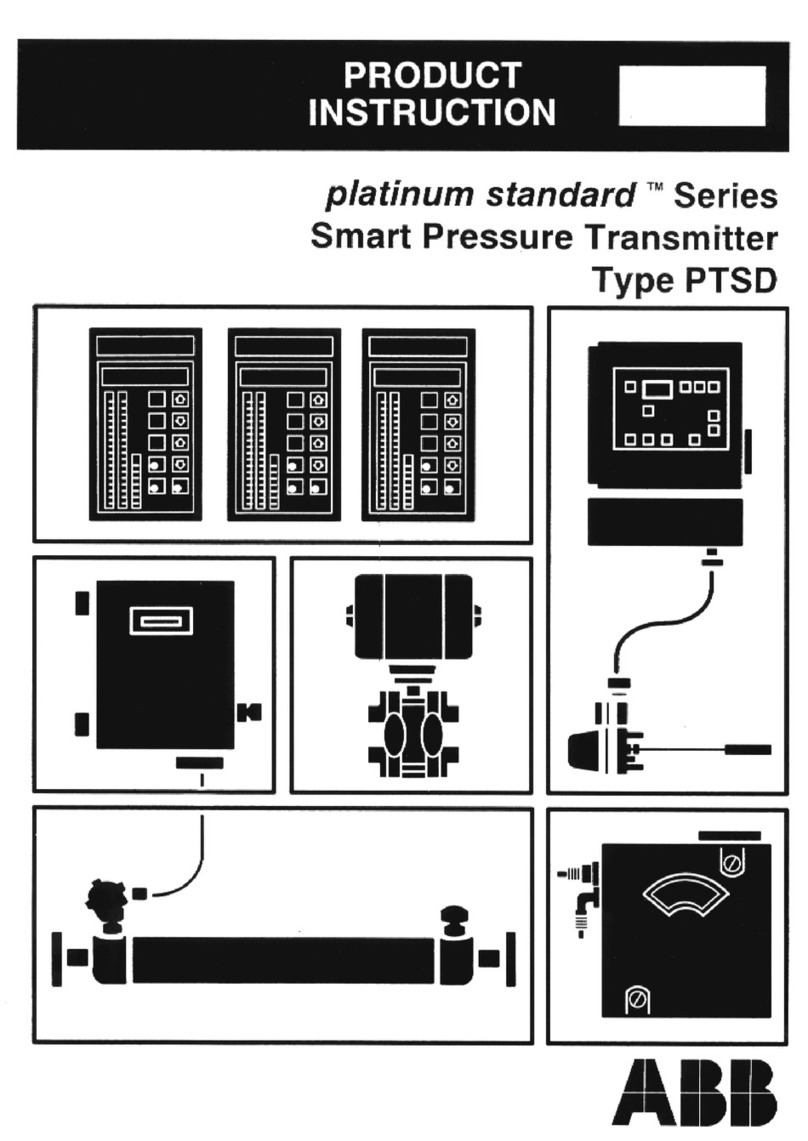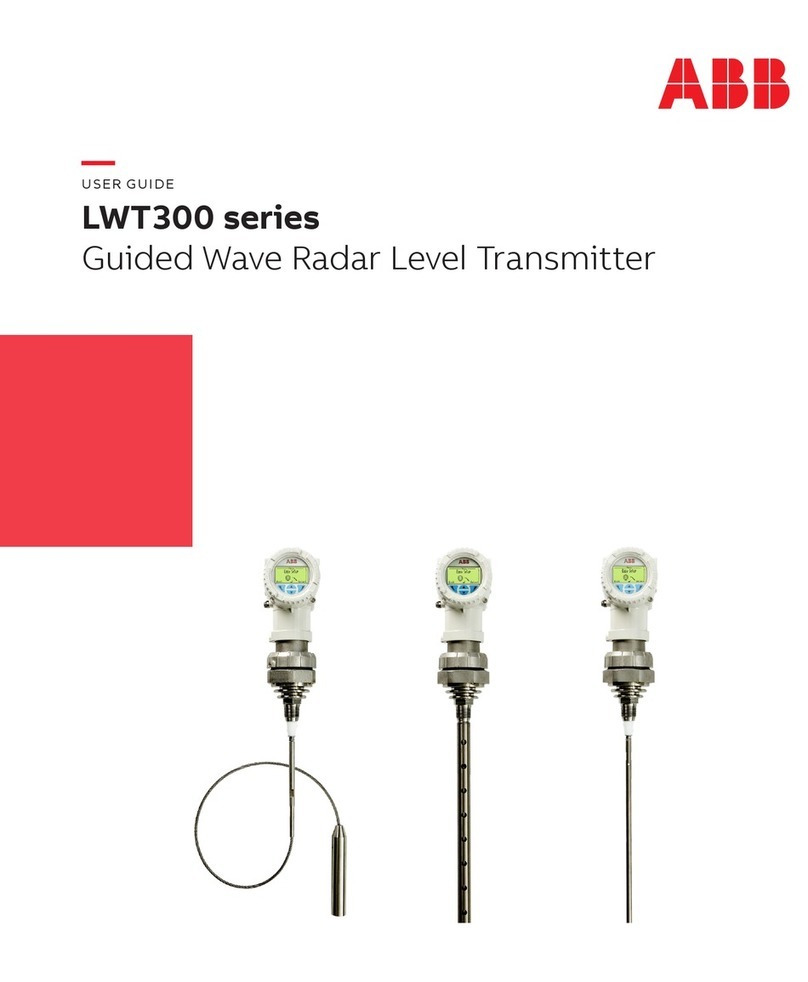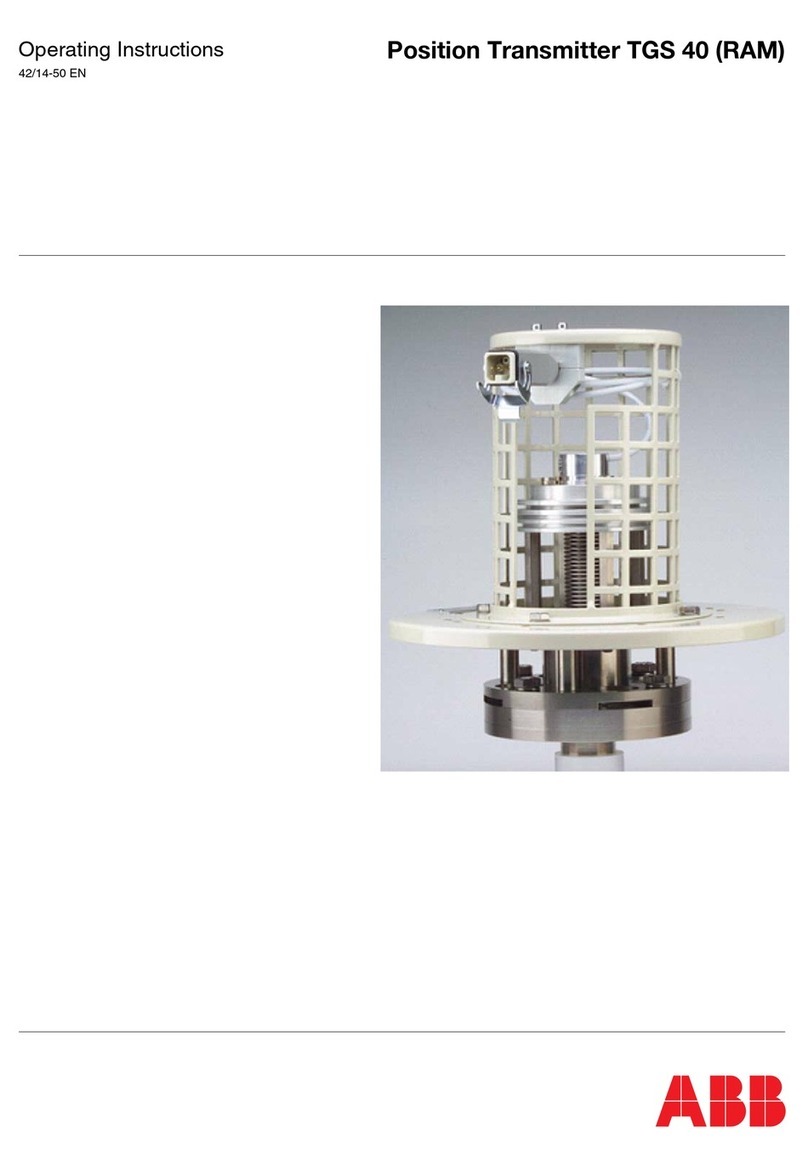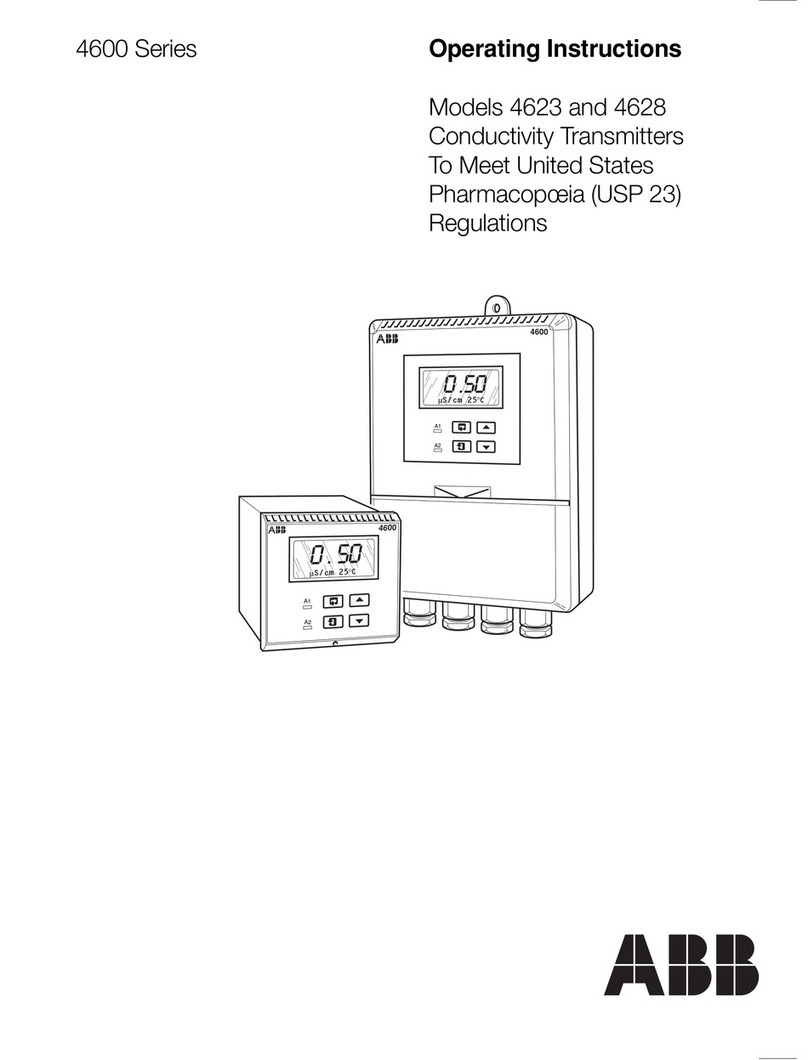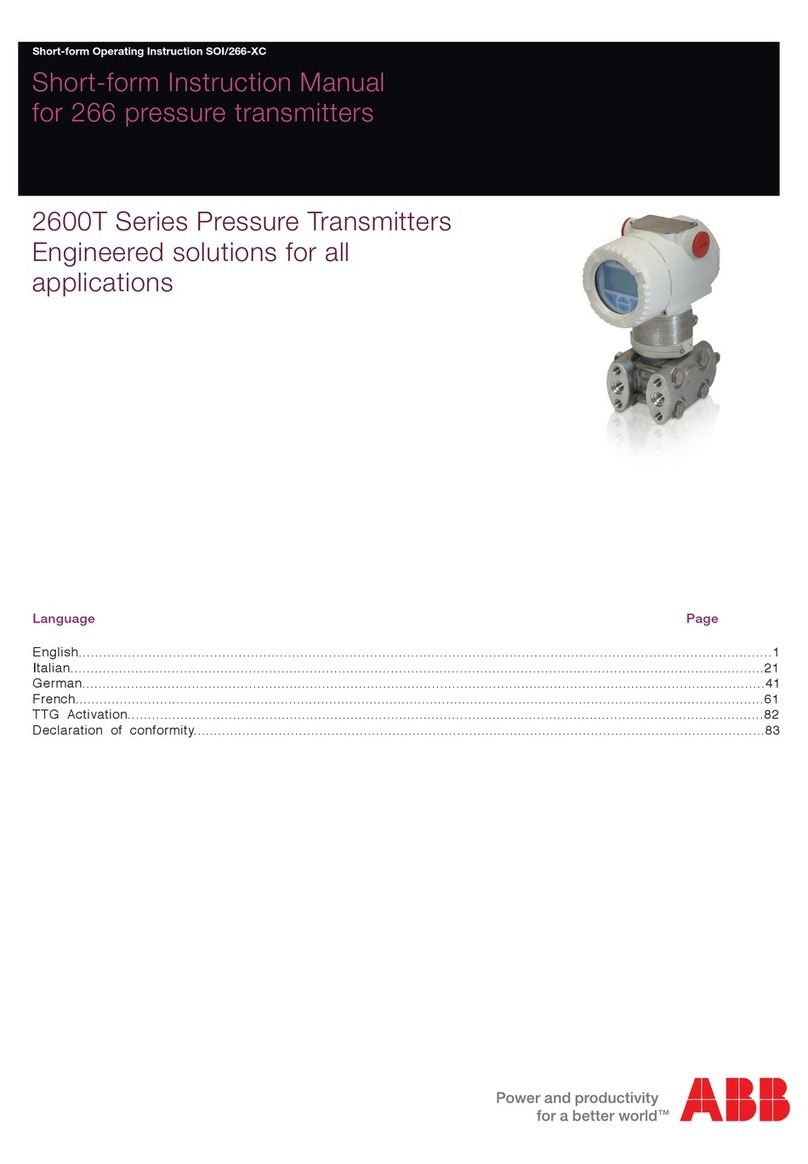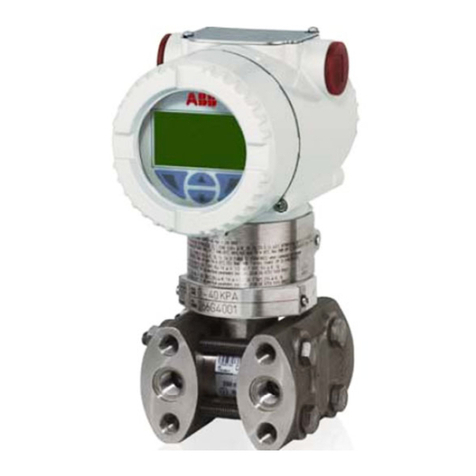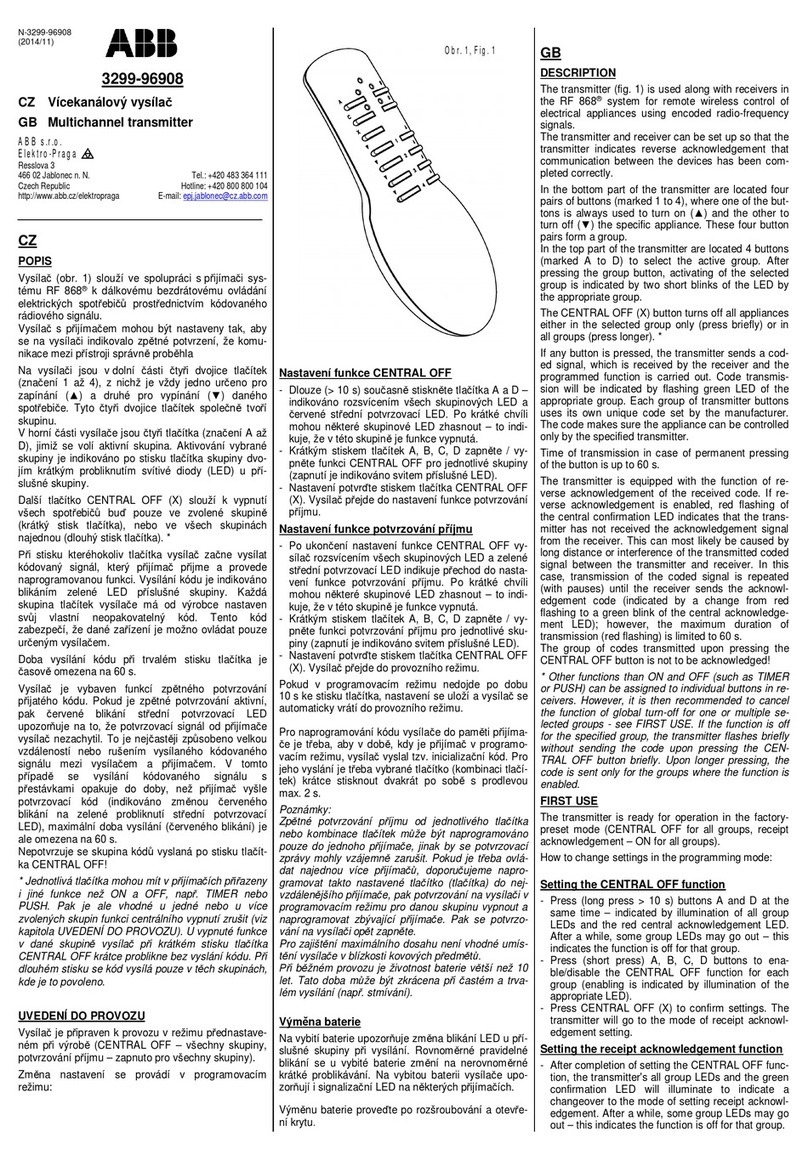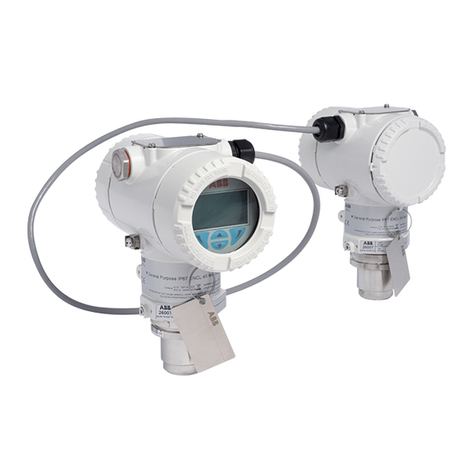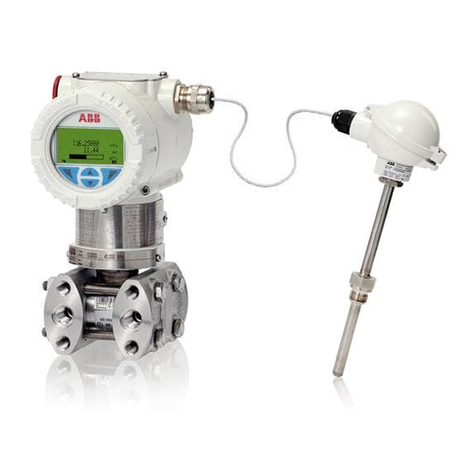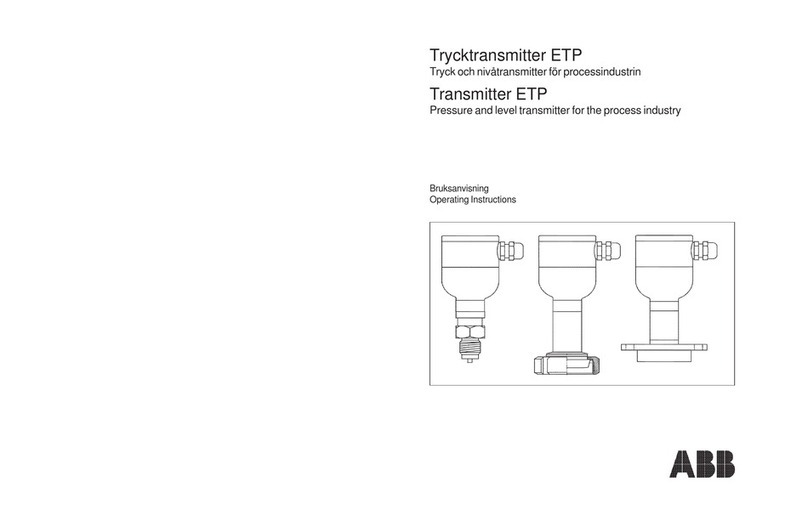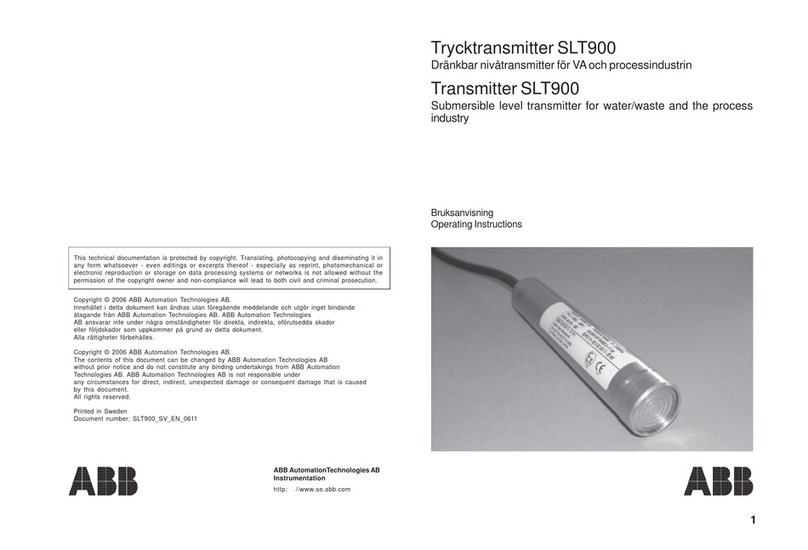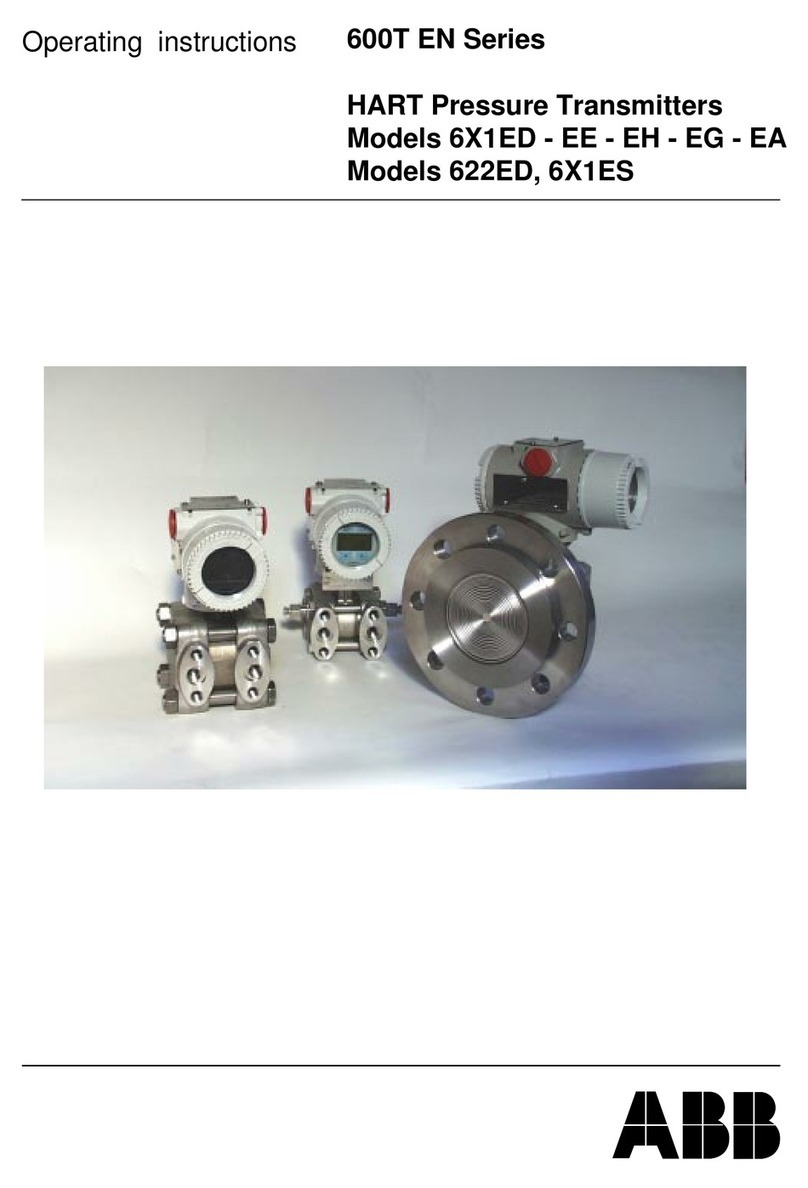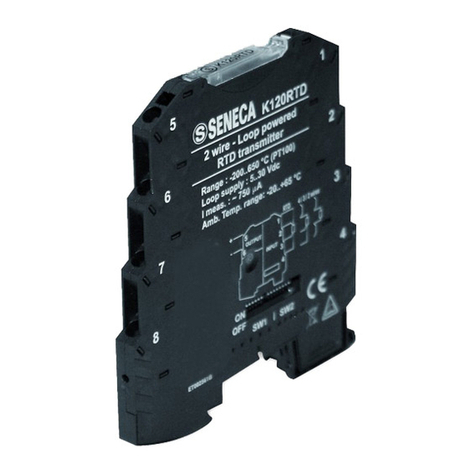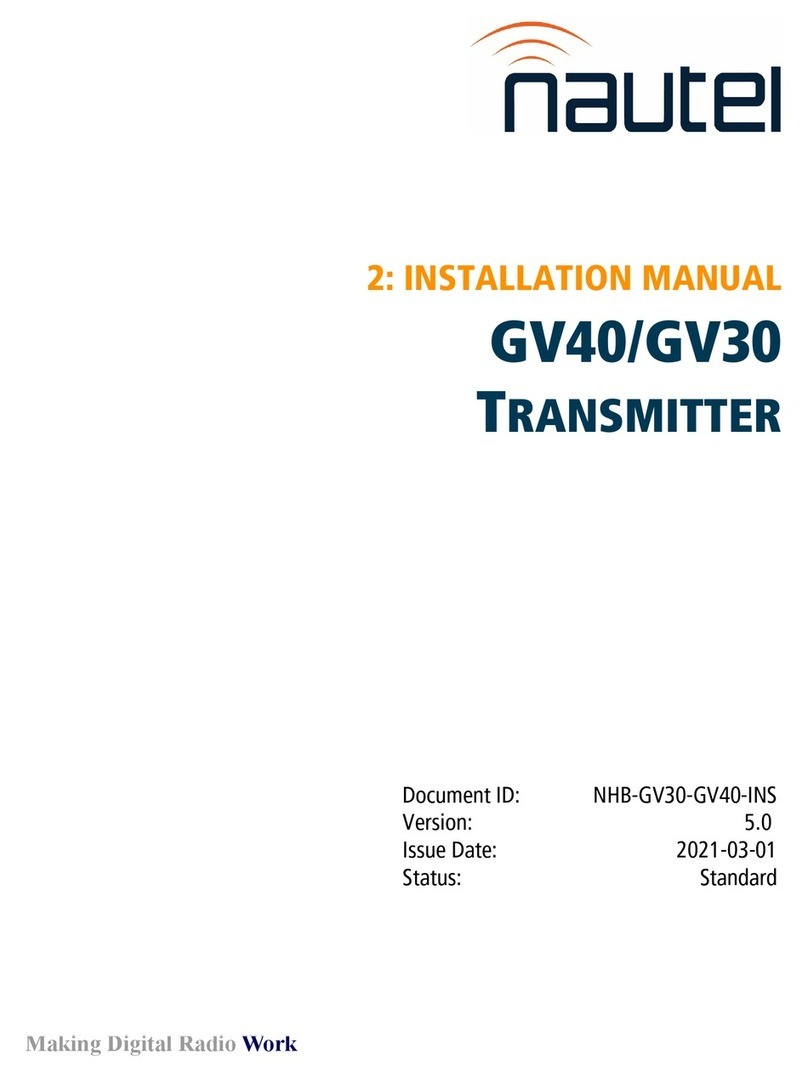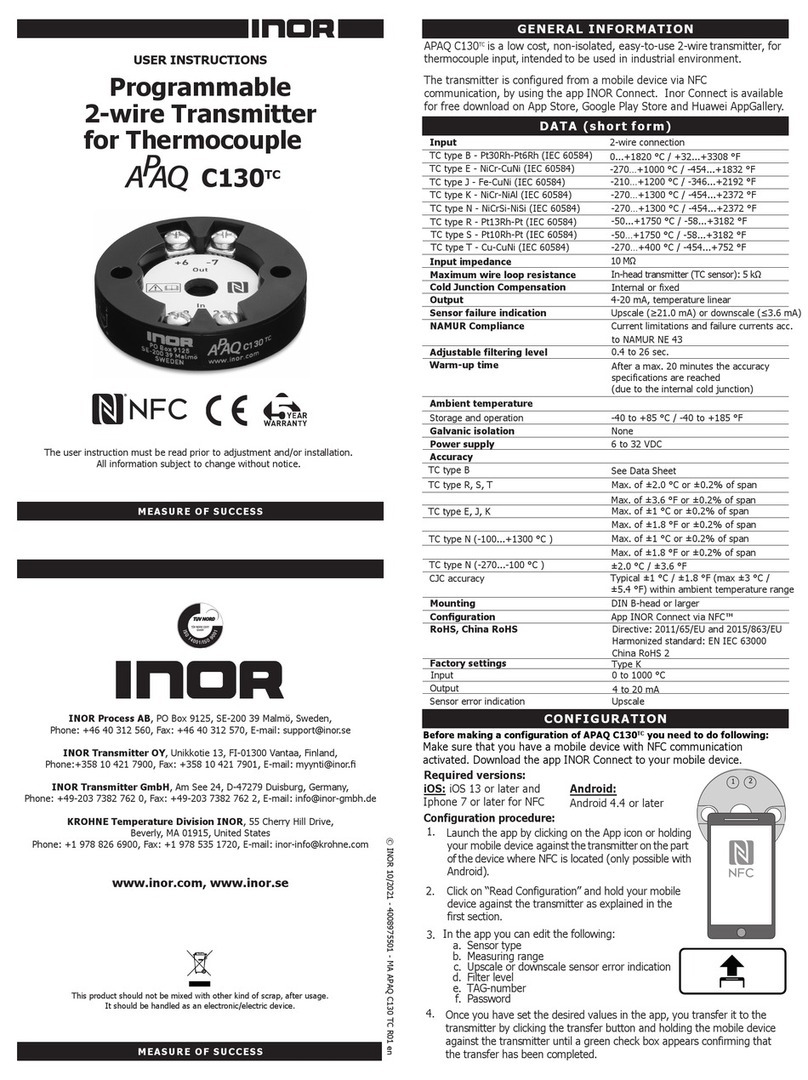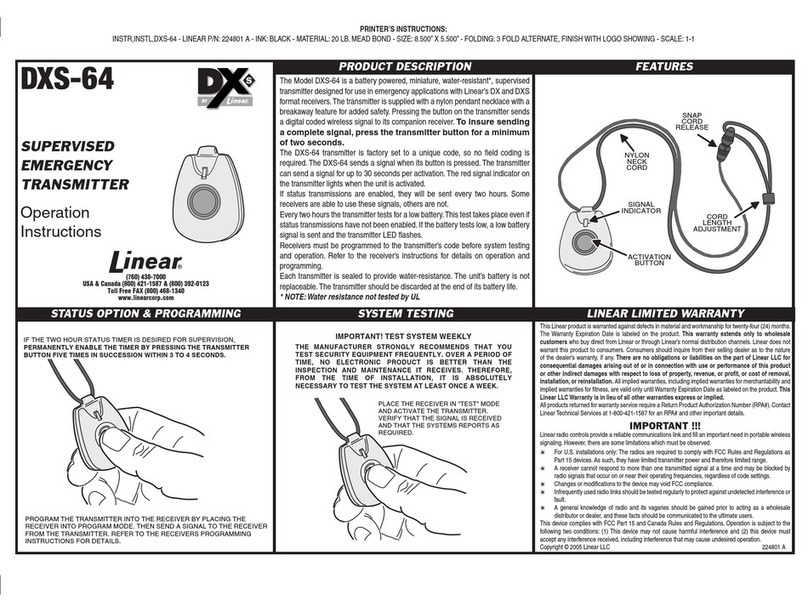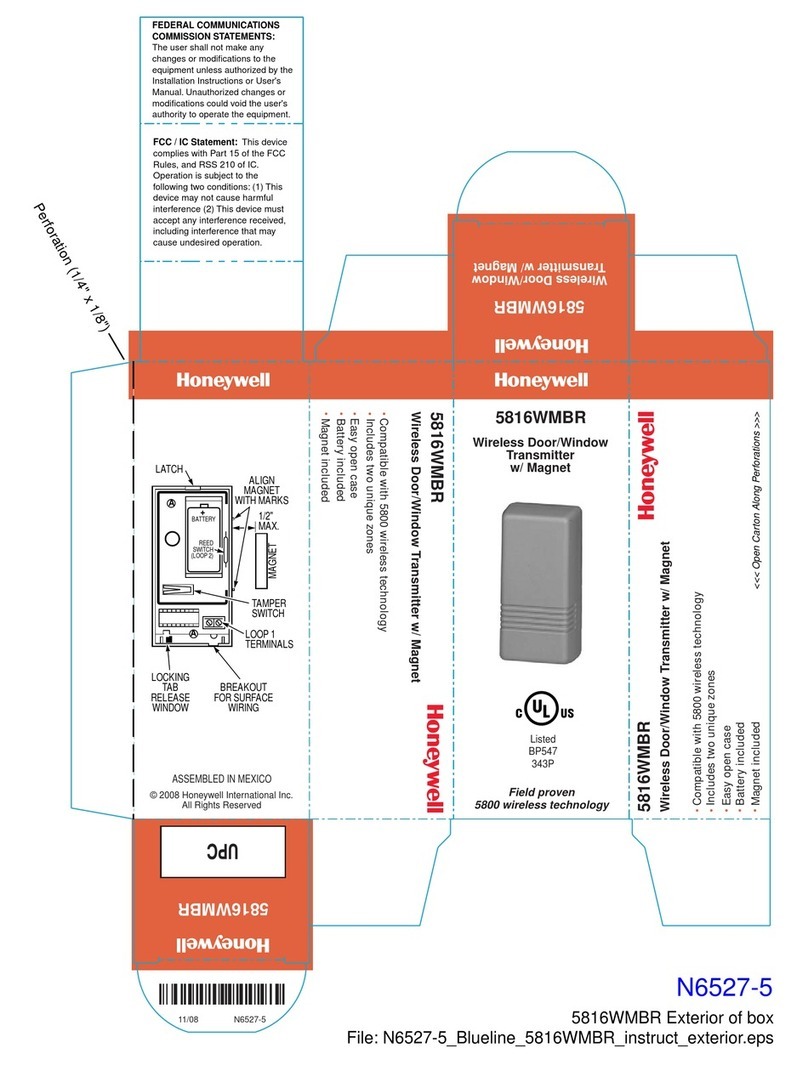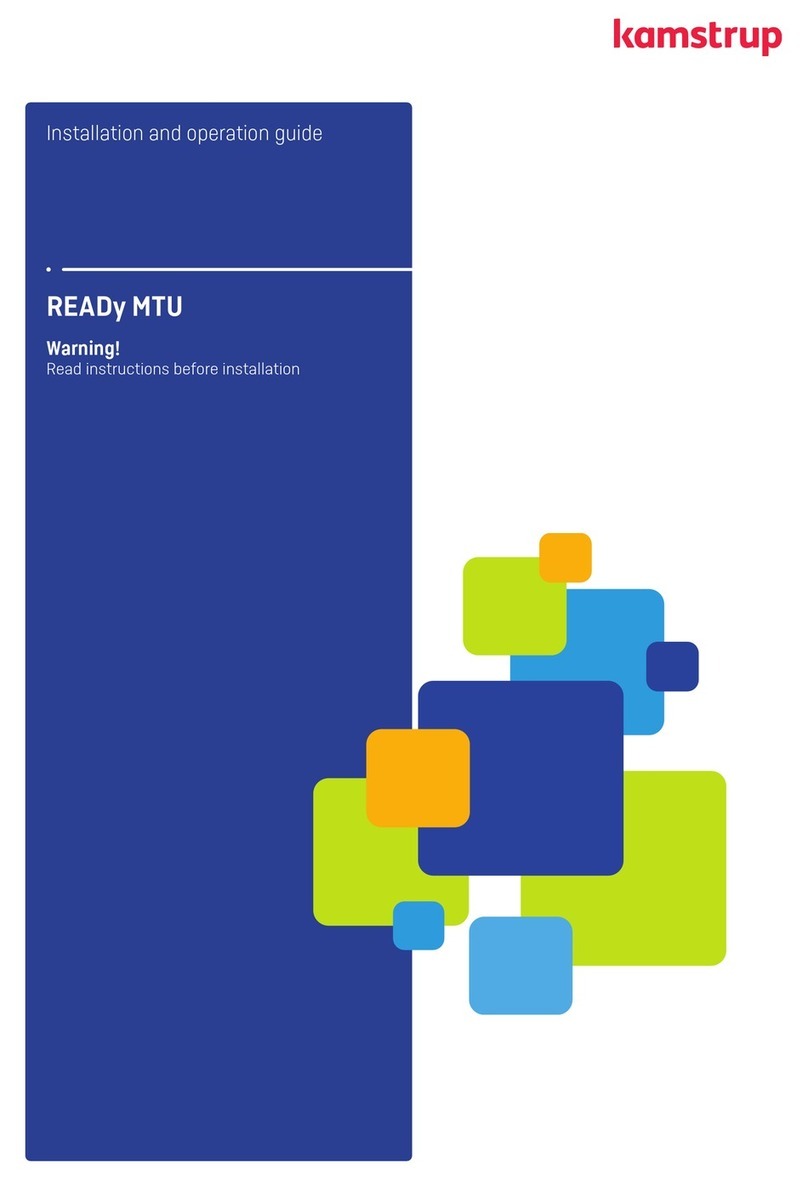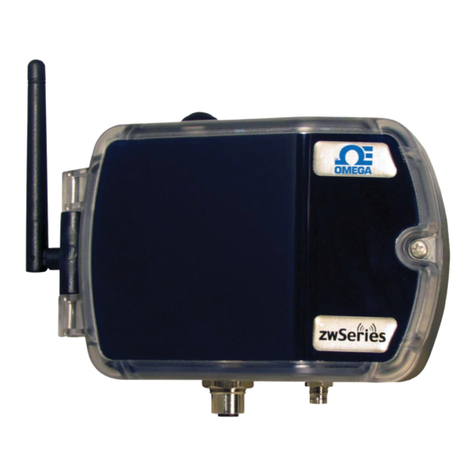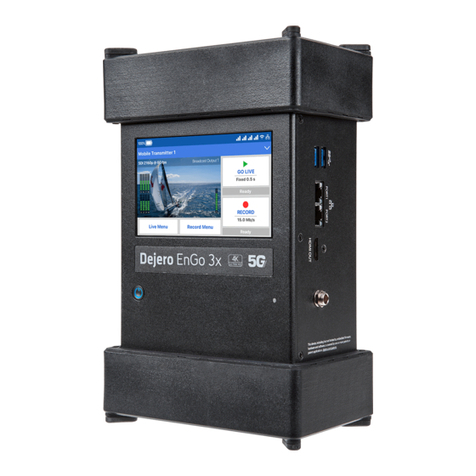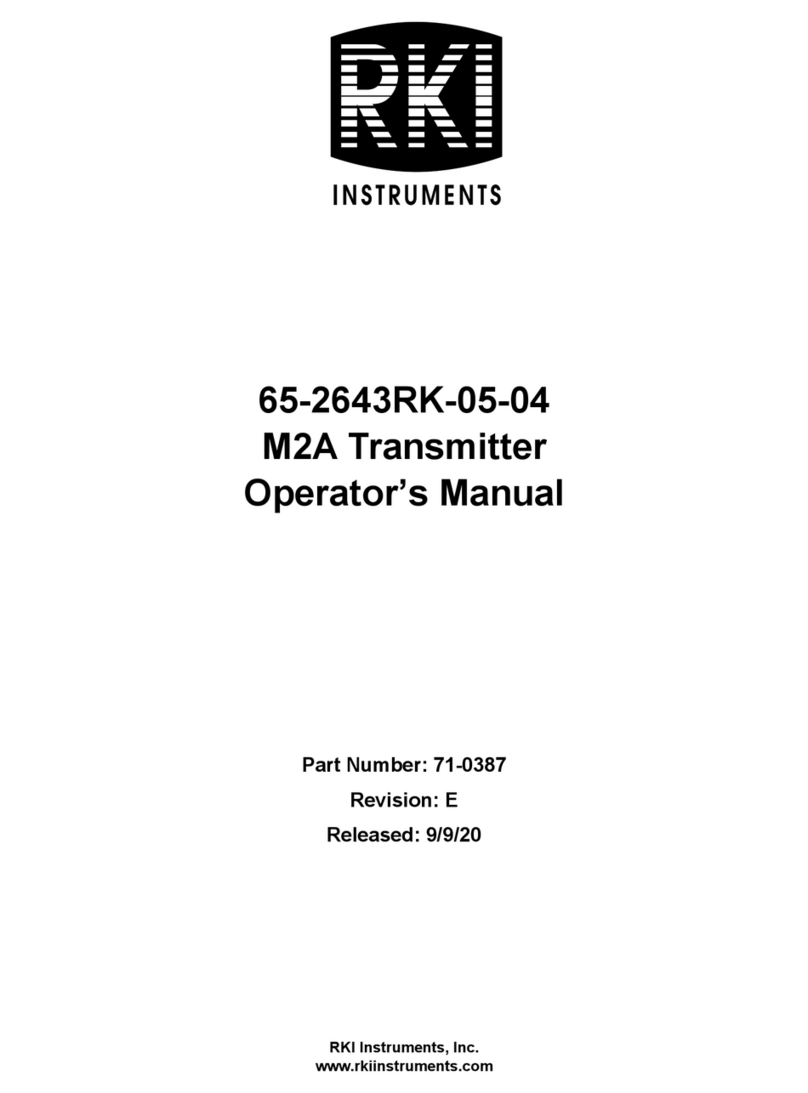
AQUAMASTER4 | ELECTROMAGNETIC FLOWMETER TRANSMITTER | OI/FET400-EN REV. B 5
Potential safety hazards
AquaMaster4 transmitter – electrical
WARNING – BODILY INJURY
To ensure safe use when operating this equipment,
the following points must be observed:
• Up to 240 V AC may be present. Be sure to isolate
the supply before removing the terminal cover.
• Normal safety precautions must be taken to
avoid the possibility of an accident occurring
when operating in conditions of high pressure
and/or temperature.
Safety advice concerning the use of the equipment
described in this manual or any relevant Material
Safety Data Sheets (where applicable) can be
obtained from the Company, together with
servicing and spares information.
Safety standards
This product has been designed to satisfy the requirements of
IEC61010-1:2010 3rd edition ‘Safety Requirements for Electrical
Equipment for Measurement, Control and Laboratory Use’ and
complies with US NEC 500, NIST and OSHA.
This equipment complies with the requirements of CEI/IEC
61010-1:2010 ‘Safety Requirements for Electrical Equipment
for Measurement, Control and Laboratory Use’ and complies
with US NEC 500 and Occupational Safety & Health
Administration. If the equipment is used in a manner NOT
specified by the Company, the protection provided by the
equipment may be impaired.
Battery hazard, handling, shipping and
recycling/disposal
WARNING – DANGER
AquaMaster4 is available with choice of power
options including lithium thionyl chloride battery
power. This warning covers the health and safety
issues regarding the product with such batteries.
The following warnings must be observed:
• Only batteries approved by ABB that comply with
the safety requirements of IEC60086-4 (see list
under Battery power supply on page 15), or
contained in the latest documentation from ABB
may be fitted. Fitting of other types is not
recommended by ABB.
• Do not use spiral wound lithium thionyl chloride
batteries. These pose a very high hazard to
personnel and a very high fire and explosion
hazard.
NEVER FIT THIS TYPE.
• Fitting of battery technologies other than
lithium thionyl chloride is NOT permitted.
• Some forms of D batteries do not conform the
‘D’ battery standard and may result in
intermittent connection and incorrect product
operation.
• Incorrect use or operation of batteries may
result in potentially serious hazards to
personnel.
• DO NOT expose batteries to fire or temperatures
above 85 °C (185 °F) and DO NOT crush or
puncture – they may leak, explode or rupture
violently.
• DO NOT ship or transport the AquaMaster4
with lithium batteries fitted unless the following
instruction is complied with:
Transporting lithium batteries or product
containing lithium batteries:
• These are classified in ‘category UN3091 – Class
9’ of the UN list of hazardous materials. The
transport of such battery packs must conform to
the prevailing rules that are specific to the
means of transport used, both in terms of
packing, identification and accompanying
documents. The carrier must always be informed
of the contents. A warning label ‘Hazardous
Label for Class 9 – Miscellaneous Hazardous
Goods’ must be attached to the packing and
remain visible on the outside of the package.
• DO NOT dispose of depleted or partially
depleted batteries. They MUST be recycled in
accordance with local regulations (for example,
sent to a specialist recycling centre that handles
such batteries). The batteries must be packed,
labeled and transported in accordance with the
regulations. Ensure the battery cannot be short
circuited.
• Recycling in Europe must be in accordance with
91/157/EEC and 93/86/EEC Directives.
• Damaged, leaking or overheated batteries
require urgent specialist handling and
treatment. Immediately evacuate all personnel
from the area
and seek professional assistance.

